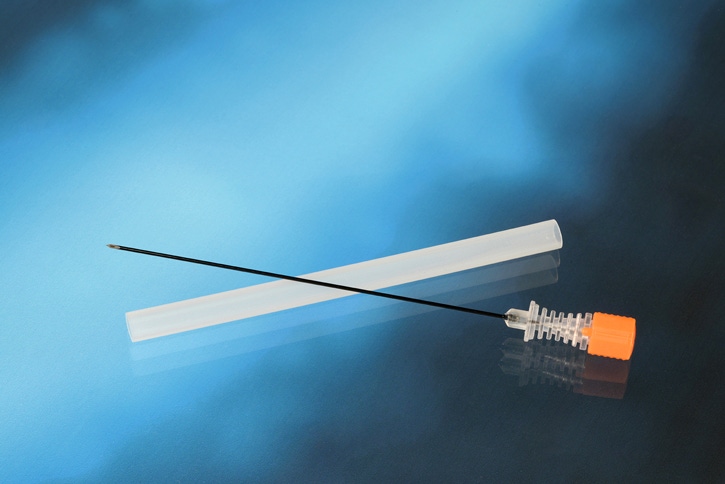Fraunhofer champions use of fiber-reinforced plastics in medical devices
Fiber-reinforced plastics have copious applications in the automotive and aerospace industries. They also have enormous potential in medical applications, according to the Fraunhofer-Institute for Production Technology IPT (Aachen, Germany). The institute has developed a micro pullwinding process that enables the mass production of minimally invasive devices, and researchers currently are working on techniques to process thermoplastic fiber composites for the manufacture of customizable devices.
January 14, 2015

Fiber-reinforced plastics have copious applications in the automotive and aerospace industries. They also have enormous potential in medical applications, according to the Fraunhofer-Institute for Production Technology IPT (Aachen, Germany). The institute has developed a micro pullwinding process that enables the mass production of minimally invasive devices, and researchers currently are working on techniques to process thermoplastic fiber composites for the manufacture of customizable devices.
 Pullwinding is a combination of the pultrusion and filament winding processes. By miniaturizing this technique, Fraunhofer is able to produce multilayer micro-profiles in diameters smaller than 1 mm for guidewire, cannula, and catheter applications. The torsional properties of the part can be adjusted to match application requirements through precise positioning of the fibers without interruption of the production process. An additional advantage of instruments produced with these materials is the absence of metal-related artifacts, making them compatible with magnetic resonance imaging.
Pullwinding is a combination of the pultrusion and filament winding processes. By miniaturizing this technique, Fraunhofer is able to produce multilayer micro-profiles in diameters smaller than 1 mm for guidewire, cannula, and catheter applications. The torsional properties of the part can be adjusted to match application requirements through precise positioning of the fibers without interruption of the production process. An additional advantage of instruments produced with these materials is the absence of metal-related artifacts, making them compatible with magnetic resonance imaging.
Fraunhofer IPT researchers currently are developing methods and production systems for processing thermoplastic-fiber composites for the manufacture of customizable prosthetic and implantable devices. The use of thermoplastics allows the devices to be shaped to suit individual anatomies and requirements after the material has undergone the initial hardening process. Many of the thermoplastic matrix materials were previously licensed for use in medical engineering and, therefore, will not be subject to protracted licensing procedures, says Fraunhofer IPT.
Another project currently underway at the Aachen-based institute is the use of laser welding to replace adhesives in bonding multipart components with complex structures. The aim, notes the institute, is to transfer a well-established welding technology to the medical sector.
About the Author(s)
You May Also Like




